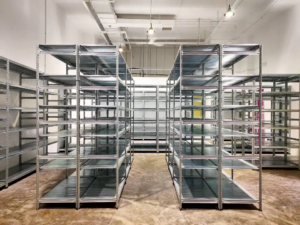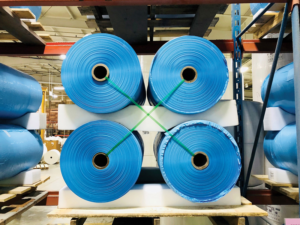
A ball bearing is one of the simplest of all bearings and was originally developed in 1844 by Peter Bain for use in railway engines. A ball bearing is an excellent design for small to medium-sized axles because it has high stiffness properties, high bearing rigidity and excellent hardness. It is widely used for counter-rotating, rotating and linear bearings in many different applications. The following are some of the benefits of ball bearing technology:
The ball bearing is a simple design that is characterized by two races separated by a sliding plate. Inner races are made of smooth metal, usually by alloying, and have a large amount of rolling element surface area. Typically, the outer races are made of polystyrene or other light-weight material with a large number of spherical balls. The inner races are normally made of steel or aluminum and are filled with oil to prevent slippage. These types of bearings have a low level of rolling resistance when compared to elliptical or linear shafts.
The main advantage to using a ball bearing unit (ลูกปืน ตุ๊กตา, term in Thai) in any application is that the low frictional force, high tensile strength, high hardness, and excellent stiffness properties provide excellent solutions for a wide range of equipment applications. In addition, it is capable of providing very high levels of linear speed, which enables economical use of power or energy. The main weakness of this type of bearing design is that it tends to have a low level of rolling friction, which can reduce the ability to produce efficient shaft profiles.
The presence of small amounts of non-spill materials within the housing also makes it susceptible to lubrication and cooling. They are suitable for use with a variety of cutting devices including abrasive balls, abrasive blades, and grinding wheels. Some designs can also make use of mandrels to help reduce the incidence of slip. A well-designed bearing has the potential to improve the performance of rotating parts.
There are a number of benefits of high-speed bearings. They are capable of providing extremely high levels of friction between the moving parts without causing the seal to break down. In other words, they provide an excellent means of reducing noise and also heat transfer. This feature is particularly important for high-speed angular contact bearings, which tend to operate at quite high speeds. In addition, ball bearing designs offer very good machinability and robustness.
In comparison to elliptical and linear roller bearings, the former is more flexible and therefore, they can be designed to incorporate intricate features. For example, a spherical housing may be incorporated into a high-speed bearing. The housing may include an outer ring that is perfectly spherical with interlock able bendable inner liner. The inner ring is in turn surrounded by cylindrical struts. These features make spherical roller bearings provide a smooth operation, while increasing the size of the overall surface area.
As compared to other types of ball bearings, ceramic designs offer a good mixture of advantages. Ceramic designs are well suited to high-speed operations and offer good heat dissipation. Furthermore, they exhibit good lubricity, reliability, and excellent machinability. They also have high-temperature capability and good energy efficiency, thanks to the presence of the ceramic heat shield.



